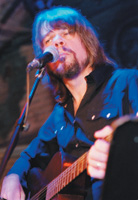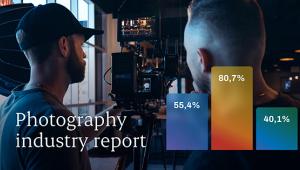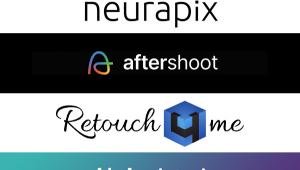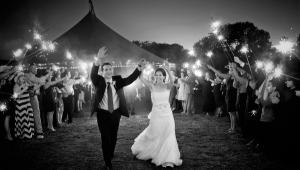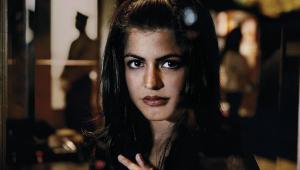Both Sides Now
Bruce Myren Looks At The Pros And Cons Of The Digital World
Bruce Myren, photographer,
digital guru, and dedicated artist, is often cast in the role of the
assistant who doesn't carry lights or equipment. He quietly trails
into a shoot behind some of the area's top pros who don't
happen to shoot much digital and he makes them look great. They hire
him to ensure that the digital aspect of a job goes smoothly, that the
exposure is right for the chip, the lighting correct for digital, and
that the numbers correspond with every area of the photograph so when
the file goes downstream to the printer and the magazine they have a
good image. |
|||
Digital Skill, Photo
Technique |
|||
Film Shooter, Digital
Guru |
|||
For his editorial work, specifically
portraits, Myren turns to his Nikon D1X. "It's appropriate,"
he says "when I am able to control the light or use available light.
The 6 megapixels give me an 18MB file, which is as big as I need for most
editorial jobs and I often need even less for commercial work." |
|||
The Craft Of Photography |
|||
Get Started |
- Log in or register to post comments
